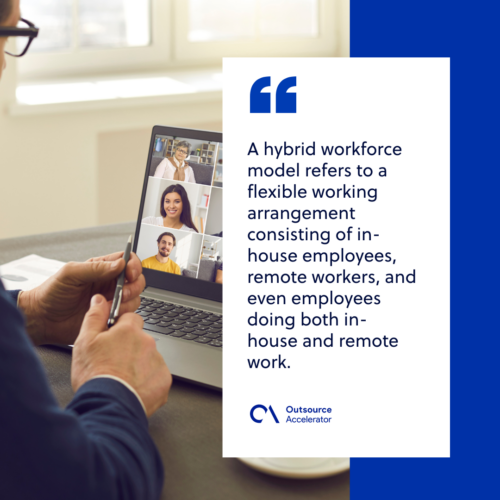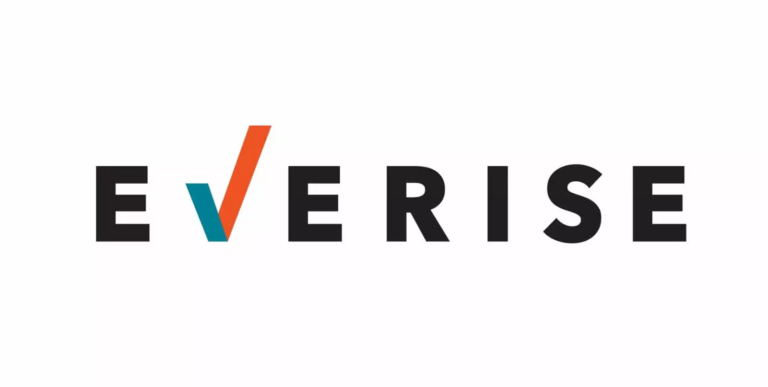Hybrid workforce: The future of work

Whether we like it or not, remote work is now a crucial aspect of managing a business. Companies will now have to be flexible and resourceful in managing their operations since not everything will be held in a single office.
However, not every business is equipped with the proper tools and knowledge to abruptly adapt into digital work. Luckily, there’s an option they can get to make this transition easier – a hybrid workforce.
What is a hybrid workforce?
A hybrid workforce model refers to a flexible working arrangement consisting of in-house employees, remote workers, and even employees doing both in-house and remote work.
Similar to a distributed workforce, a hybrid work arrangement can span multiple geographies, with one major difference – they don’t settle into a centralized location. Instead, their teams can work flexibly in a different location and can still be called to render office work on certain days.

Advantages of a hybrid workforce
Startups and remote companies have been utilizing remote work even before the pandemic started. Though, the lockdowns pushed businesses to utilize the method more.
As the world approaches the new normal, a hybrid workforce model benefits companies in several ways.
Reduced business cost
Remote work is one way for businesses to reduce costs for office rent, utilities, and supplies. This can help them save money and reallocate them for growth and expansion. With a hybrid workforce, companies can only use a part of their office space for rotating use by teams.
This can also help businesses reduce their turnovers and layovers. A Hubstaff survey showed that remote work helped 66% of 400 companies prevent layoffs, while 44% of them expect this model to increase their profits.
Increased employee satisfaction
Flexible work also helps employees improve their way of living. It has been proven that remote work can gradually increase employee productivity and satisfaction. This is because they get to save more time spent traveling to work and maximize it in their personal development.
More flexibility
Having a hybrid workforce gives companies more flexibility in workforce optimization. Since not only specific people can render remote work, everyone can be tasked to work remotely on specific dates, making it a routine for teams.
A hybrid workforce can also help a company make its transition into remote work easier since it can continuously improve its processes.
Tips for maintaining efficiency in a hybrid work arrangement
Transferring into a hybrid work arrangement doesn’t just end with transferring into digital format and working it out for itself. Maintaining a hybrid work environment also takes effort and consistency to assure an efficient operation.
- Set a definite schedule. Set definite shifts for both remote and in-house teams and maintain proper scheduling as much as possible.
- Maintain communication between teams. Do quick calls on employees at least once a week to do a checkup on their work performance and ask for their concerns.
- Utilize online tools. Set specific tools to use at work. This helps streamline activities and practicing work transparency and collaboration.
- Automate some tasks. As much as possible, automate simple tasks to make work more efficient for the team.
- Reward employees for great work. A small reward or appreciation helps in boosting employees’ morale while on remote work.

In the end, the future of work requires flexibility and adaptability to succeed. Everise can help companies achieve an efficient hybrid work arrangement so they can adapt and thrive in a digitalized world.
Everise came up with the term flex-shoring, where businesses can utilize the help of domestic, work-from-home, and offshore workforce to maximize their operations more efficiently. Aside from this, they also offer an array of options for optimizing the digital experience for customers through robotic process automation (RPA).
Everise guarantees to work along with their clients in getting the quality of work they deserve. Learn more about them by reading their insights on remote work.







 Independent
Independent




